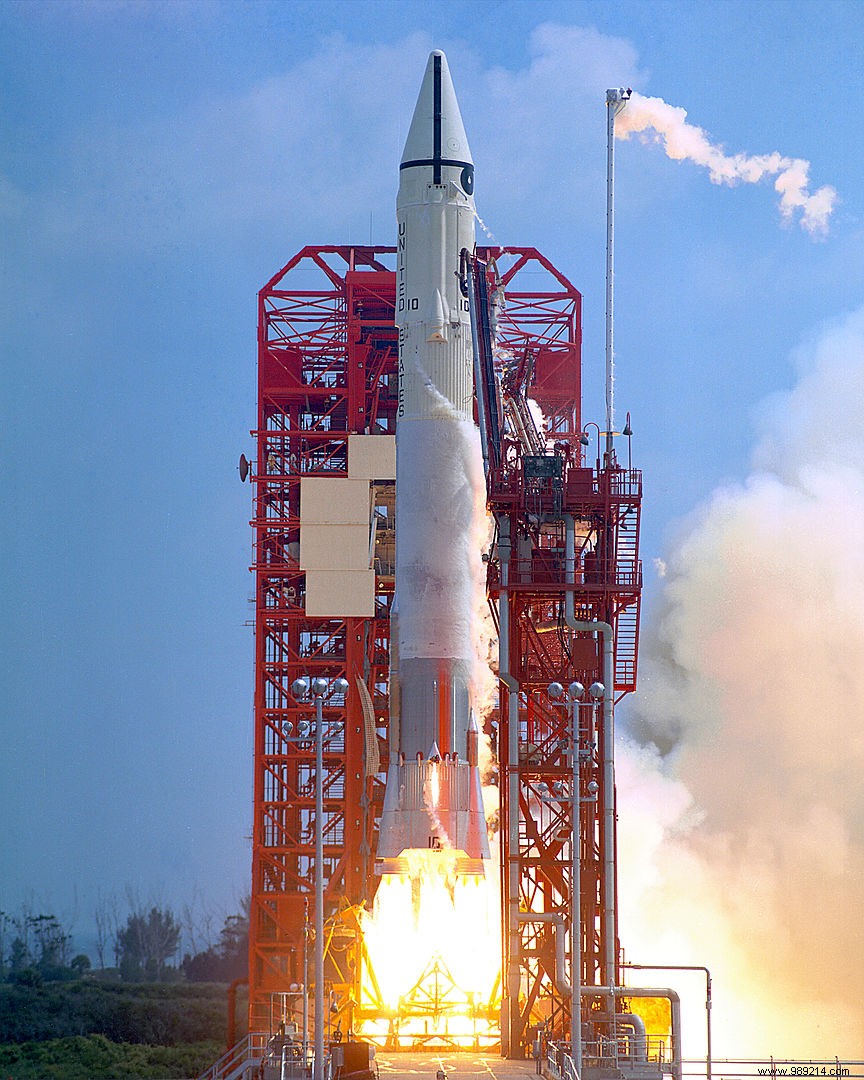Our planet is expected to capture a new "mini-moon" between October 2020 and May 2021. But the nature of this object is debated. According to some researchers, it is indeed possible that its origin is artificial.
Earth has only one natural satellite:the Moon. However, from time to time, smaller objects may find themselves temporarily trapped by our planet's gravitational pull, before being thrown back into space. These objects are the "mini-moons". To date, only two of them have been confirmed – 2006 RH120, which visited us in 2006 and 2007, and 2020 CD3, which left us last April.
That said, we do know that a new object will be captured next month by Earth's gravity. Named 2020 SO, this new "mini-moon" is expected to hang around until May 2021, before looking elsewhere.
As you can see in the simulation below, the trajectory of 2020 SO suggests that it will enter and exit through two of Earth's Lagrange points, stable points on the gravitational plane created by the interaction of the Earth with the Sun.
2020 SO has been classified as an Apollo asteroid in the JPL Small-Body Database – a class of asteroids whose paths cross Earth's orbit. But is it really a natural object? Not so sure. According to some astronomers, 2020 SO could actually be just space junk.
Several features support this hypothesis. The object is indeed positioned on the same orbital trajectory as the Earth (it is not tilted). Its eccentricity – the shape of its orbit – is also nearly the same. Finally, its speed is much lower than the average speed of an Apollo asteroid.
Debris, then, but what debris? Paul Chodas, of JPL, is counting on the stage of an Atlas-Centaur rocket launched in 1966 by NASA to deploy the Surveyor 2 lunar probe. Typically, space agencies do what they can to attempt to track the movements of this debris, but the space environment is so unpredictable that the vast majority are quickly lost from view.
Furthermore, the estimated size of 2020 SO – between 6.4 and 14 meters long – also appears to match the properties of a 1960s Centaur stage, which measured at the time a little more than twelve meters high.

For now, the nature debate of the object is not sliced. 2020 SW is normally expected to reach its closest point to Earth (perigee) on December 1. It will then position itself less than 50,000 km from our planet. Hoping it is close enough that astronomers can definitively pin down its nature. We might indeed be able to distinguish an approximate shape, or even determine the way in which it reflects light.